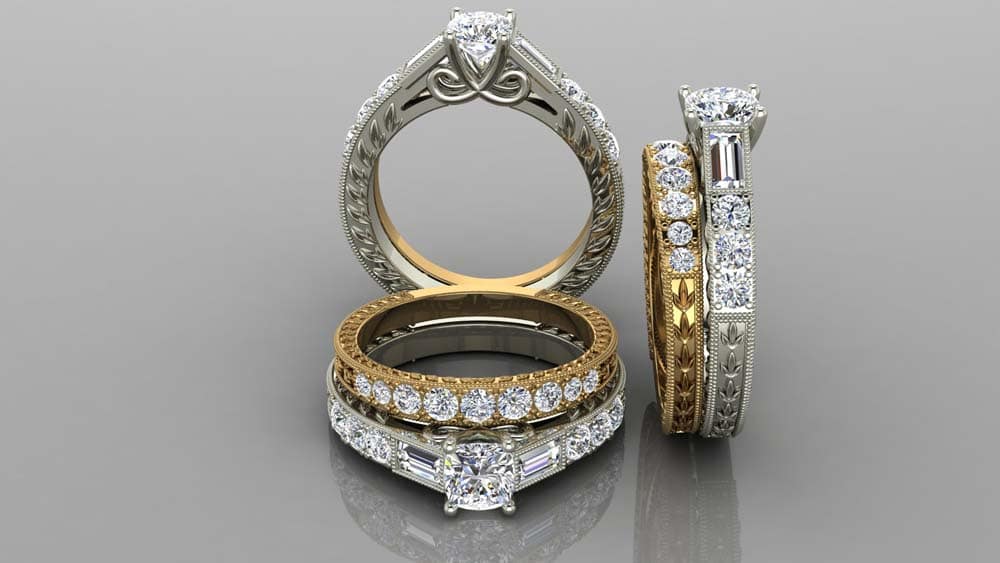Gold is a valuable resource, it is rare and a symbol of wealth and beauty. It has a very special meaning to many people. However, not all gold is the same, and they can come in many different forms.
The main method to differentiate between different gold values is Karat, or the purity of gold. This is the most common way to set a value on gold. For example, pure gold is 24 Karat, a full 100 percent. This Karat grade applied to all gold in use shows the proportion or quality of a gold alloy. Common Karat grades used and their corresponding percentage values are 9K, or 37.5 percent, 14K, or 58.3 percent, and 18K, or 75 percent. 24K gold, or pure gold, is also occasionally referred to as “999 Gold”, for its fineness value.
There are also different common colors of gold. Gold is yellow metal, but adding Copper to it changes it into a reddish metal in comparison to its previous form. An addition of Silver, Zinc, or any other metal has a result of a paler shade of gold. White gold’s composition is a delicate combination of an alloy of metals such as nickel and copper. It is impossible to have pure 24K white gold for the simple reason that white gold is created from a combination of different metals other than gold, and thus can only reach a Karat of 21, or approximately 87.5 percent purity. Any finer, and gold’s yellow tint takes over.
A custom designed piece of jewelry can be created with any of these types of gold and the combination of different colors of gold can make for a very interesting piece.

